How Did America Get Involved In Ww1
How Did America Get Involved In Ww1: Moving from Neutrality to Global Conflict
If you're wondering how did America get involved in WW1, you're looking at one of the most significant shifts in U.S. foreign policy history. When the Great War erupted in Europe in 1914, the United States officially adopted a stance of strict neutrality. President Woodrow Wilson was determined to keep American boys out of a conflict that felt distant and purely European.
However, maintaining this isolation proved incredibly challenging. Over the course of nearly three years, a combination of economic ties, German aggression, and shocking intelligence leaks slowly but surely dragged the U.S. from the sidelines into the heart of the battlefield. Let's dive into the key events that changed America's mind.
The Early Years: American Neutrality
When Austria-Hungary declared war on Serbia in July 1914, most Americans felt little connection to the conflict. The Atlantic Ocean provided a natural buffer, and the long-standing tradition of avoiding "entangling alliances" felt sacred. Wilson declared that America must remain "impartial in thought as well as in action."
This neutrality, however, was complex. While the government stayed officially neutral, American businesses were free to trade with all belligerents. The reality quickly became clear: trade with the Central Powers (Germany and Austria-Hungary) became nearly impossible due to the effective British naval blockade.
Consequently, American trade overwhelmingly flowed toward the Allied Powers (Britain and France). This massive influx of goods, including weapons, ammunition, and food, rapidly tied the American economy to the success of the Allies. Neutrality, therefore, had a distinct economic bias.
Why Neutrality Was Hard to Maintain
Beyond economics, America was a nation of immigrants, many of whom still felt deep ties to their homelands. Millions of Irish Americans harbored ill will toward Britain, while German Americans naturally sympathized with the Central Powers. This domestic division complicated Wilson's ability to project a unified neutral stance.
Furthermore, propaganda played a huge role. British intelligence was highly effective at disseminating stories of German atrocities—some true, some exaggerated—which began to sway American public opinion heavily against the Kaiser's regime. The narrative shifted from a complicated European dispute to a fight between democracy and authoritarianism.
Shifting Tides: Economic and Propaganda Pressure
As the war progressed, the Allies required ever-increasing levels of funding. American banks, led by giants like J.P. Morgan, issued billions of dollars in loans to Britain and France. By 1917, the U.S. had become the world's largest creditor nation, with a massive financial stake in an Allied victory.
This created an implicit security threat: if the Allies lost, they might default on these astronomical loans, potentially crashing the American economy. Keeping the Allies solvent became a critical, though unspoken, component of U.S. foreign policy.
Germany viewed this extensive American trade and lending as a clear violation of neutrality. In response to the powerful British surface fleet, Germany turned to its most terrifying weapon: the U-boat (submarine). This strategic shift dramatically accelerated the process of how did America get involved in WW1.
The Lusitania Incident: A Turning Point
The German policy of submarine warfare began sporadically, targeting supply ships heading for Britain. However, the attack on the British passenger liner RMS Lusitania in May 1915 proved catastrophic. The ship was torpedoed off the coast of Ireland, resulting in the deaths of nearly 1,200 people, including 128 Americans.
The American public was outraged. Germany claimed the Lusitania was carrying war contraband (which it was, though passengers were unaware), but the sheer scale of civilian casualties galvanized anti-German sentiment across the nation. Wilson successfully pressured Germany to temporarily halt unrestricted submarine warfare against passenger vessels.
This incident demonstrated two key things to the U.S. government: first, the Germans were capable of shocking brutality; and second, American lives were directly at risk as long as the U-boats were active.
The Triggers: Unrestricted Submarine Warfare Returns
By late 1916, the war on the Western Front was a bloody stalemate, and Germany was desperate for a decisive edge. German military commanders convinced the Kaiser that the only way to break the British blockade and win the war quickly was to resume Unrestricted Submarine Warfare (USW)—sinking any and all ships, military or civilian, neutral or hostile, operating in designated war zones.
Germany understood that this move would likely draw the United States into the conflict. However, they gambled that the U.S. military was too small and too slow to mobilize effectively before Britain and France starved and surrendered. They resumed USW on February 1, 1917.
This was the immediate catalyst for American entry. Wilson saw USW not just as an attack on American commerce, but as a direct assault on the fundamental rights of neutral nations to travel the open seas. Wilson immediately severed diplomatic relations with Germany.
Over the next two months, several American merchant ships were sunk, costing more American lives. This blatant violation of international law cemented the feeling in Washington D.C. that war was unavoidable. America's primary reason for entering WW1 transitioned from financial self-interest to a defense of national honor and democratic principles.
The Zimmermann Telegram: The Final Straw
As tensions escalated, a staggering piece of evidence sealed America's fate. In January 1917, British intelligence intercepted and decoded a top-secret communication from German Foreign Secretary Arthur Zimmermann to the German minister in Mexico.
The contents were explosive. The Zimmermann Telegram proposed a military alliance between Germany and Mexico, promising that if America entered the war, Mexico would invade the U.S. In return, Mexico would receive the lost territories of Texas, New Mexico, and Arizona after the Allied defeat.
When this telegram was published in American newspapers in March 1917, public opinion exploded. It was one thing for the war to happen across the ocean; it was entirely another for a European power to actively plot an invasion of American soil. This message destroyed any remaining argument for continued neutrality.
Wilson's Declaration of War
Facing overwhelming public pressure and viewing German actions as intolerable aggression, President Wilson addressed Congress on April 2, 1917. He famously argued that America must fight to "make the world safe for democracy."
Wilson framed the war not as a conquest, but as a moral crusade. Four days later, Congress voted overwhelmingly to declare war on Germany. The United States officially entered the conflict as an "Associate Power" alongside the Allies.
The timeline of events that led to the declaration can be summarized simply:
- 1914-1915: Economic ties deepen with Allies, despite official neutrality.
- May 1915: Lusitania sinking increases public anger and pressure on Germany.
- February 1917: Germany resumes Unrestricted Submarine Warfare, sinking American ships.
- March 1917: The Zimmermann Telegram is revealed, uniting Americans against Germany.
- April 6, 1917: U.S. formally declares war.
Conclusion: The End of Isolation
The journey of how did America get involved in WW1 is a perfect example of how global events can erode even the strongest commitment to isolationism. The American entry into World War I was not sudden; it was the result of a gradual escalation driven by German military strategy, especially the ruthless employment of the U-boat.
While economic ties to the Allies provided the initial leverage, it was the brazen disregard for American neutrality through USW and the final insult of the Zimmermann Telegram that forced Wilson's hand. America's involvement fundamentally tipped the balance of power in favor of the Allies, contributing fresh troops, immense industrial power, and a massive morale boost that ensured Germany's eventual defeat in 1918. This pivotal decision marked America's debut as a central player on the world stage.
Frequently Asked Questions About America's WW1 Entry
- What was the main reason the U.S. finally entered WW1?
- The immediate cause was Germany's decision to resume Unrestricted Submarine Warfare (USW) in February 1917, sinking neutral American merchant ships. This was compounded by the revelation of the Zimmermann Telegram.
- What was Unrestricted Submarine Warfare?
- USW was a German military policy stating that German U-boats would sink any and all vessels—including passenger ships and neutral merchant ships—operating in designated war zones around the British Isles, without warning. The goal was to starve Britain into submission.
- Was America truly neutral before 1917?
- Officially, yes, the U.S. government was neutral. However, economically, America was heavily invested in the Allied cause, supplying huge amounts of materials and issuing massive loans primarily to Britain and France. This economic dependency made maintaining true impartiality nearly impossible.
- How long did it take for American troops to arrive in Europe?
- While the U.S. declared war in April 1917, the military was small and unprepared. It took months to institute the draft and train soldiers. American forces (the AEF) began arriving in significant numbers in late 1917, but only truly impacted the fighting on the Western Front starting in the spring of 1918.
How Did America Get Involved In Ww1
How Did America Get Involved In Ww1 Wallpapers
Collection of how did america get involved in ww1 wallpapers for your desktop and mobile devices.
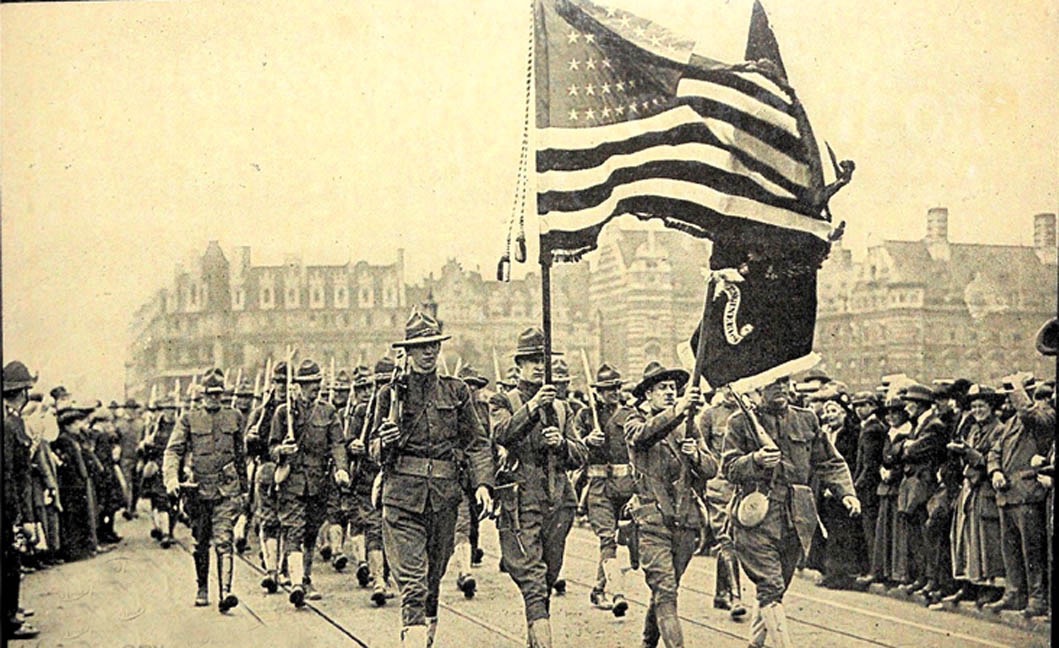
High-Quality How Did America Get Involved In Ww1 Picture Nature
Discover an amazing how did america get involved in ww1 background image, ideal for personalizing your devices with vibrant colors and intricate designs.
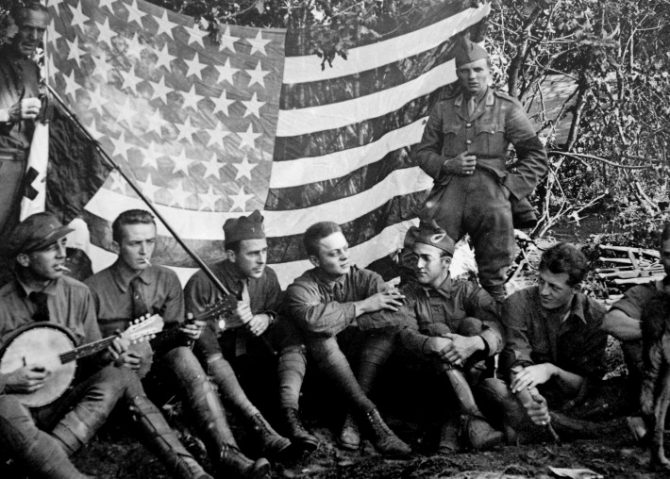
Serene How Did America Get Involved In Ww1 Landscape Nature
Experience the crisp clarity of this stunning how did america get involved in ww1 image, available in high resolution for all your screens.

Detailed How Did America Get Involved In Ww1 Photo Digital Art
Explore this high-quality how did america get involved in ww1 image, perfect for enhancing your desktop or mobile wallpaper.

Lush How Did America Get Involved In Ww1 Wallpaper Art
Find inspiration with this unique how did america get involved in ww1 illustration, crafted to provide a fresh look for your background.
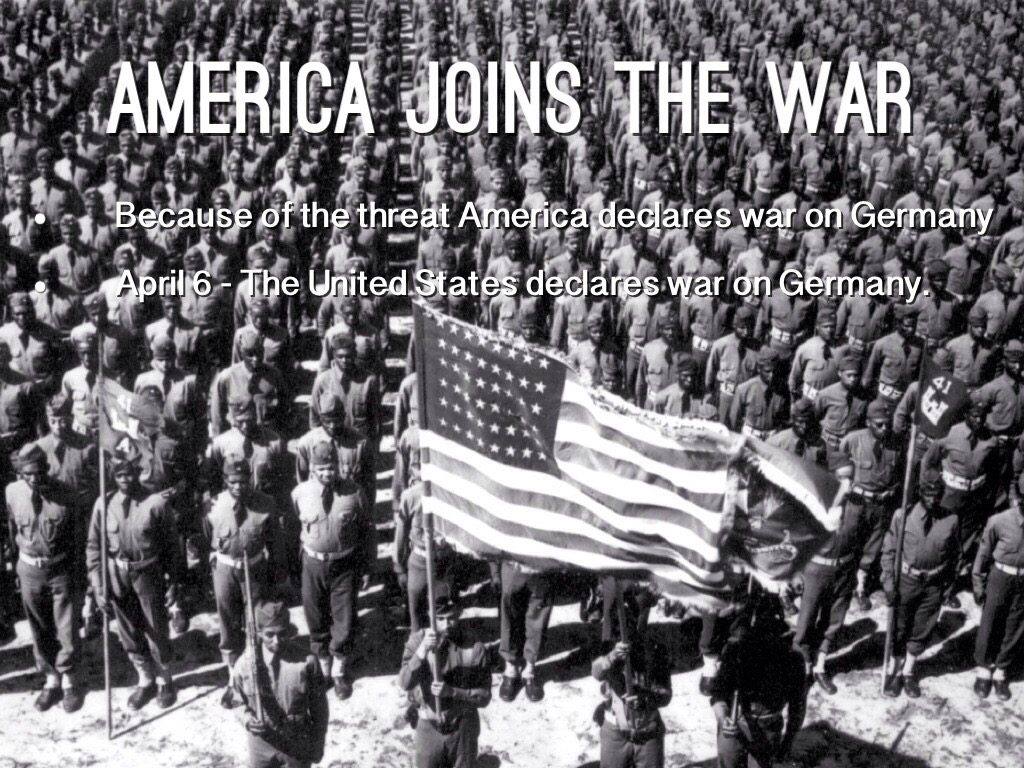
Serene How Did America Get Involved In Ww1 Scene in 4K
Transform your screen with this vivid how did america get involved in ww1 artwork, a true masterpiece of digital design.
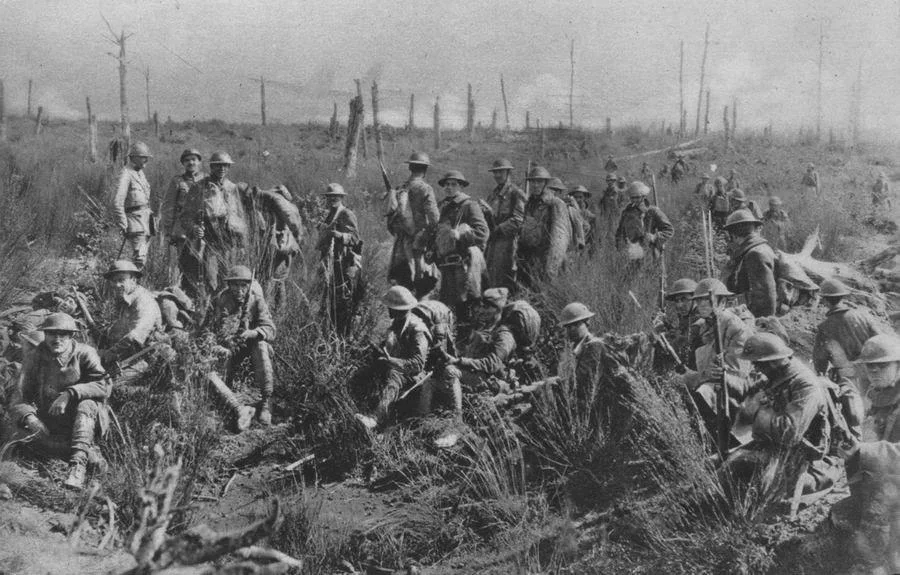
Exquisite How Did America Get Involved In Ww1 Background Concept
A captivating how did america get involved in ww1 scene that brings tranquility and beauty to any device.
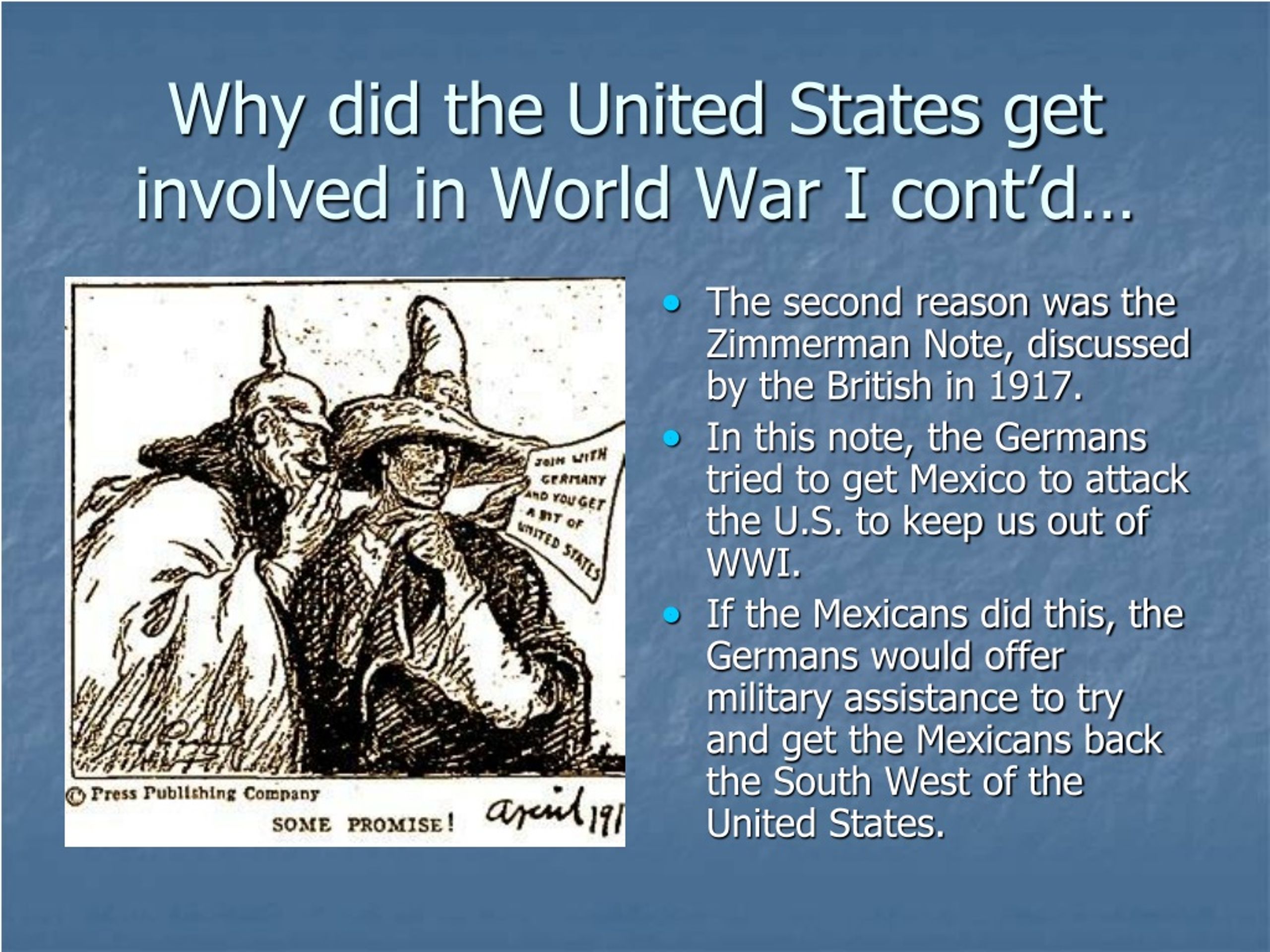
High-Quality How Did America Get Involved In Ww1 Capture Art
Experience the crisp clarity of this stunning how did america get involved in ww1 image, available in high resolution for all your screens.
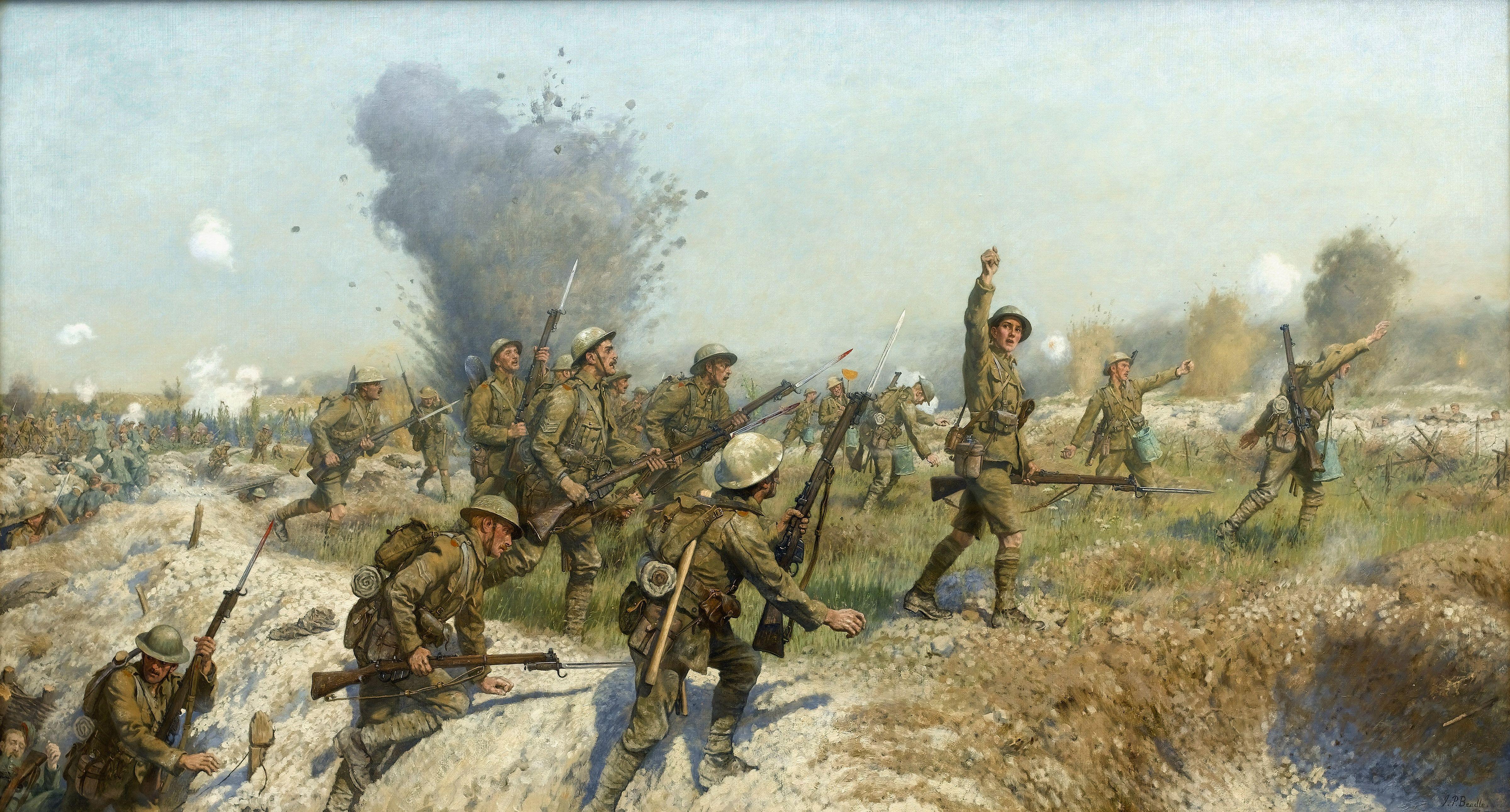
Spectacular How Did America Get Involved In Ww1 Moment for Mobile
Immerse yourself in the stunning details of this beautiful how did america get involved in ww1 wallpaper, designed for a captivating visual experience.
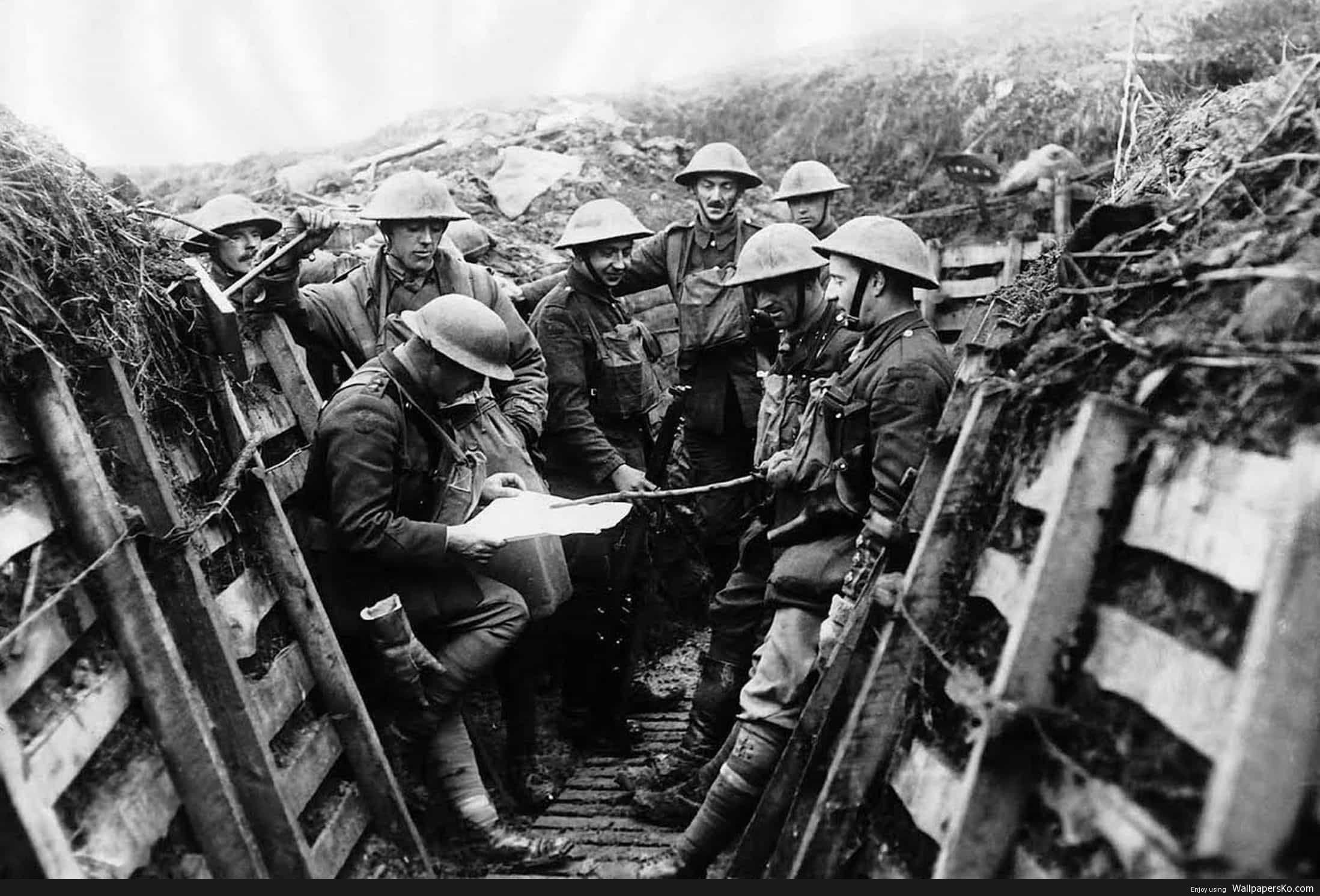
Captivating How Did America Get Involved In Ww1 Picture in HD
Find inspiration with this unique how did america get involved in ww1 illustration, crafted to provide a fresh look for your background.

Artistic How Did America Get Involved In Ww1 Landscape Concept
This gorgeous how did america get involved in ww1 photo offers a breathtaking view, making it a perfect choice for your next wallpaper.

Vivid How Did America Get Involved In Ww1 Background Nature
Discover an amazing how did america get involved in ww1 background image, ideal for personalizing your devices with vibrant colors and intricate designs.

Gorgeous How Did America Get Involved In Ww1 Abstract for Desktop
Find inspiration with this unique how did america get involved in ww1 illustration, crafted to provide a fresh look for your background.

High-Quality How Did America Get Involved In Ww1 Photo Digital Art
Experience the crisp clarity of this stunning how did america get involved in ww1 image, available in high resolution for all your screens.
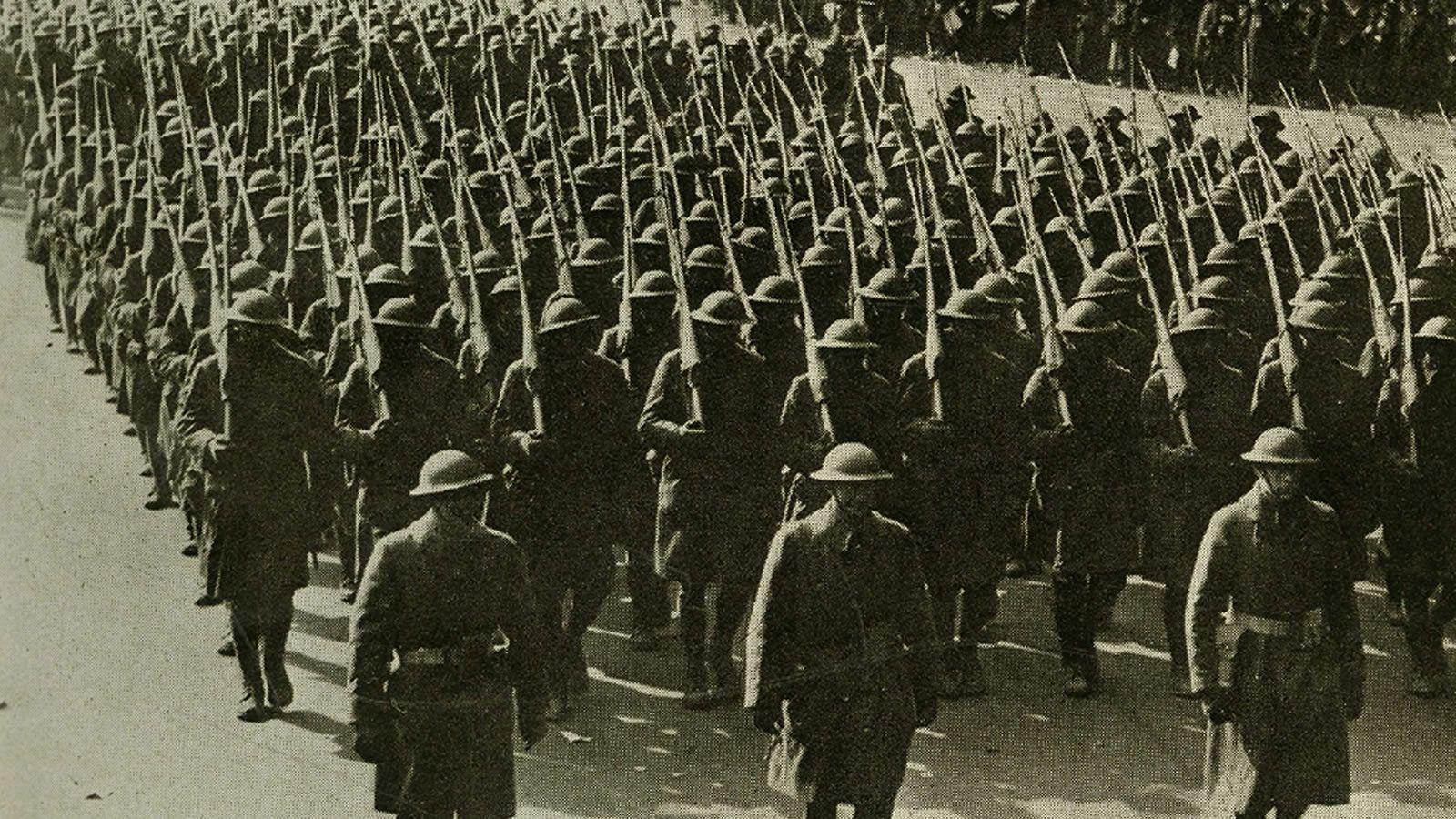
Captivating How Did America Get Involved In Ww1 Picture in 4K
A captivating how did america get involved in ww1 scene that brings tranquility and beauty to any device.
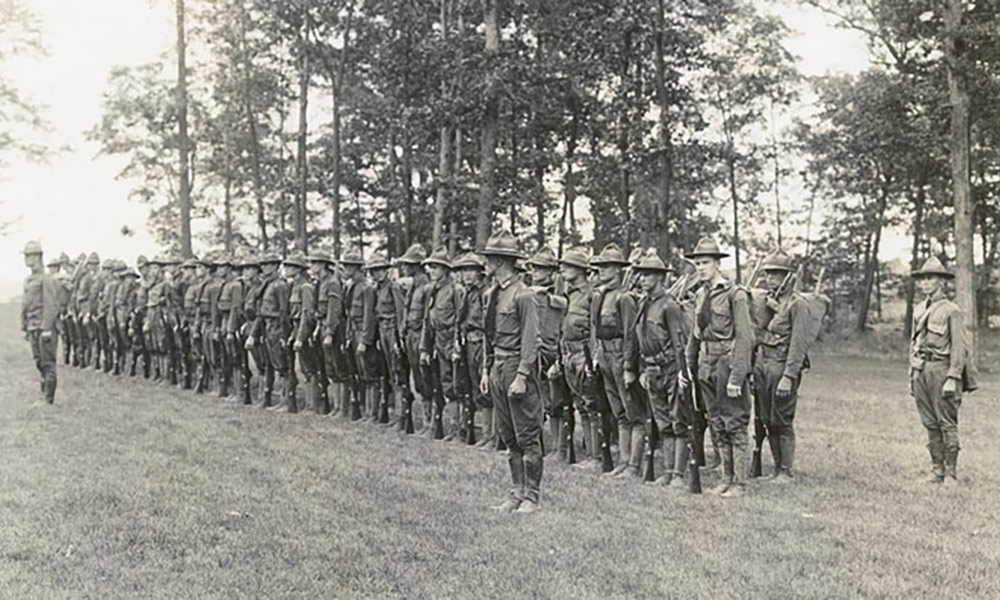
Crisp How Did America Get Involved In Ww1 Background Collection
This gorgeous how did america get involved in ww1 photo offers a breathtaking view, making it a perfect choice for your next wallpaper.
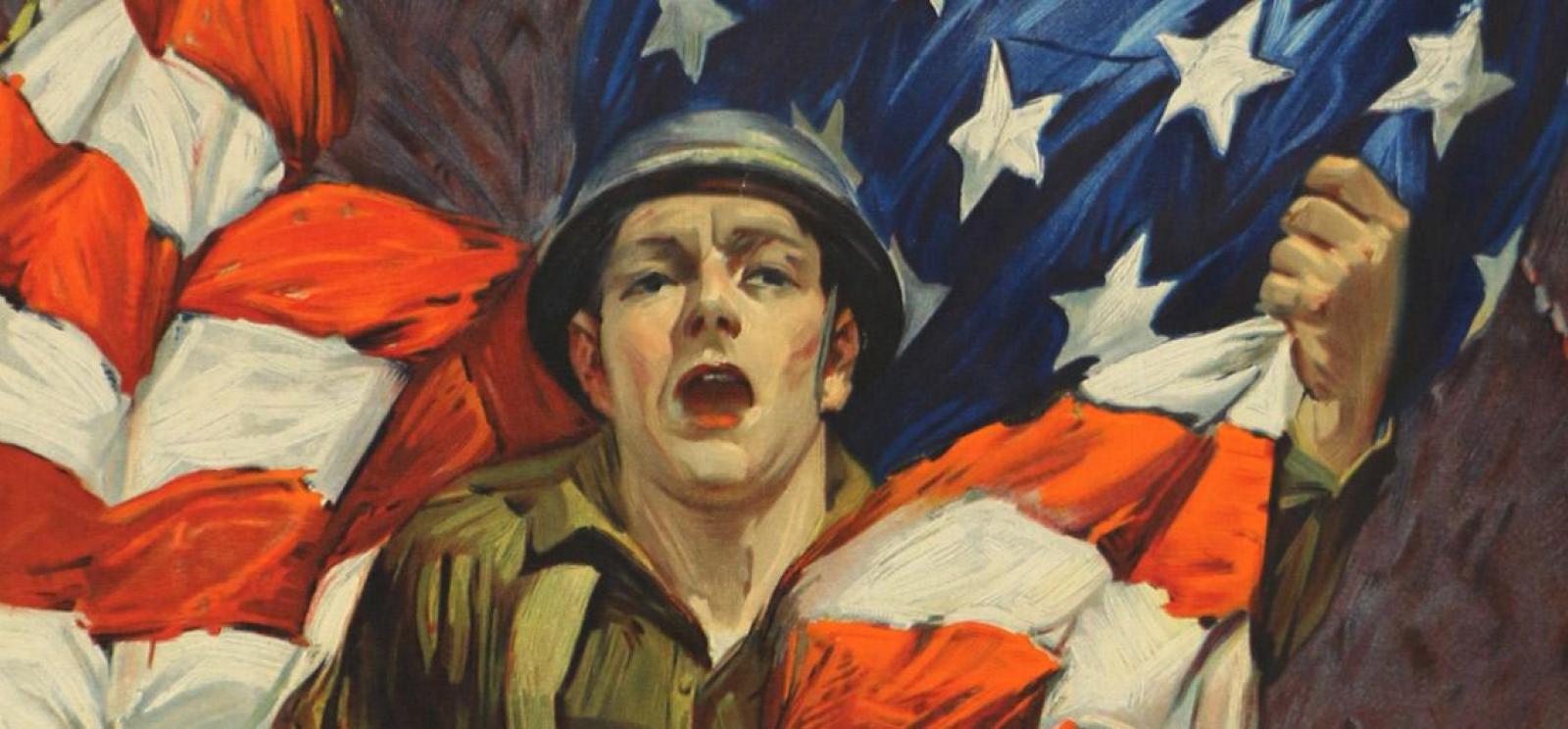
Gorgeous How Did America Get Involved In Ww1 Scene for Your Screen
A captivating how did america get involved in ww1 scene that brings tranquility and beauty to any device.

Vivid How Did America Get Involved In Ww1 Scene Collection
Discover an amazing how did america get involved in ww1 background image, ideal for personalizing your devices with vibrant colors and intricate designs.
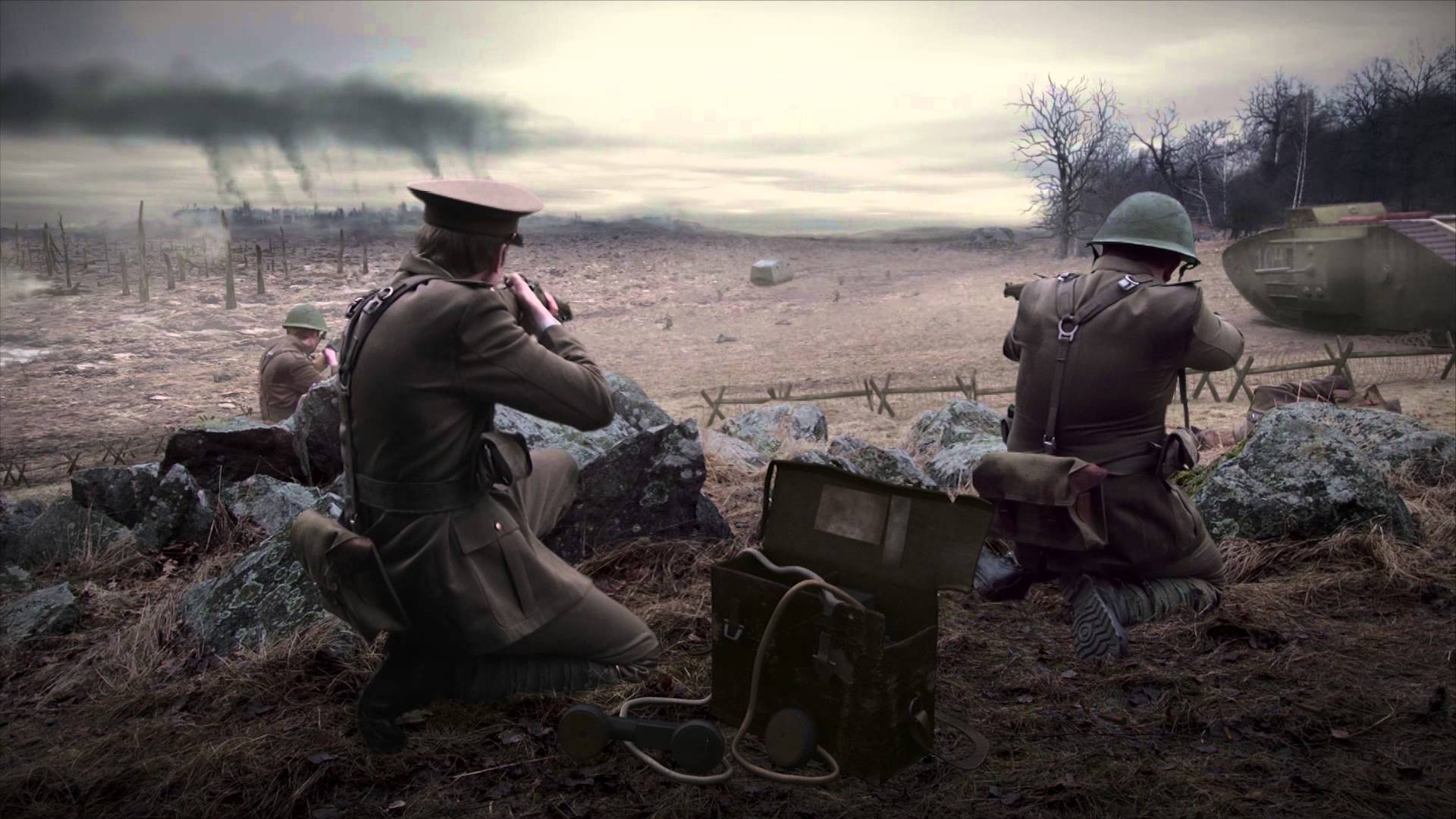
Crisp How Did America Get Involved In Ww1 Landscape for Your Screen
Immerse yourself in the stunning details of this beautiful how did america get involved in ww1 wallpaper, designed for a captivating visual experience.
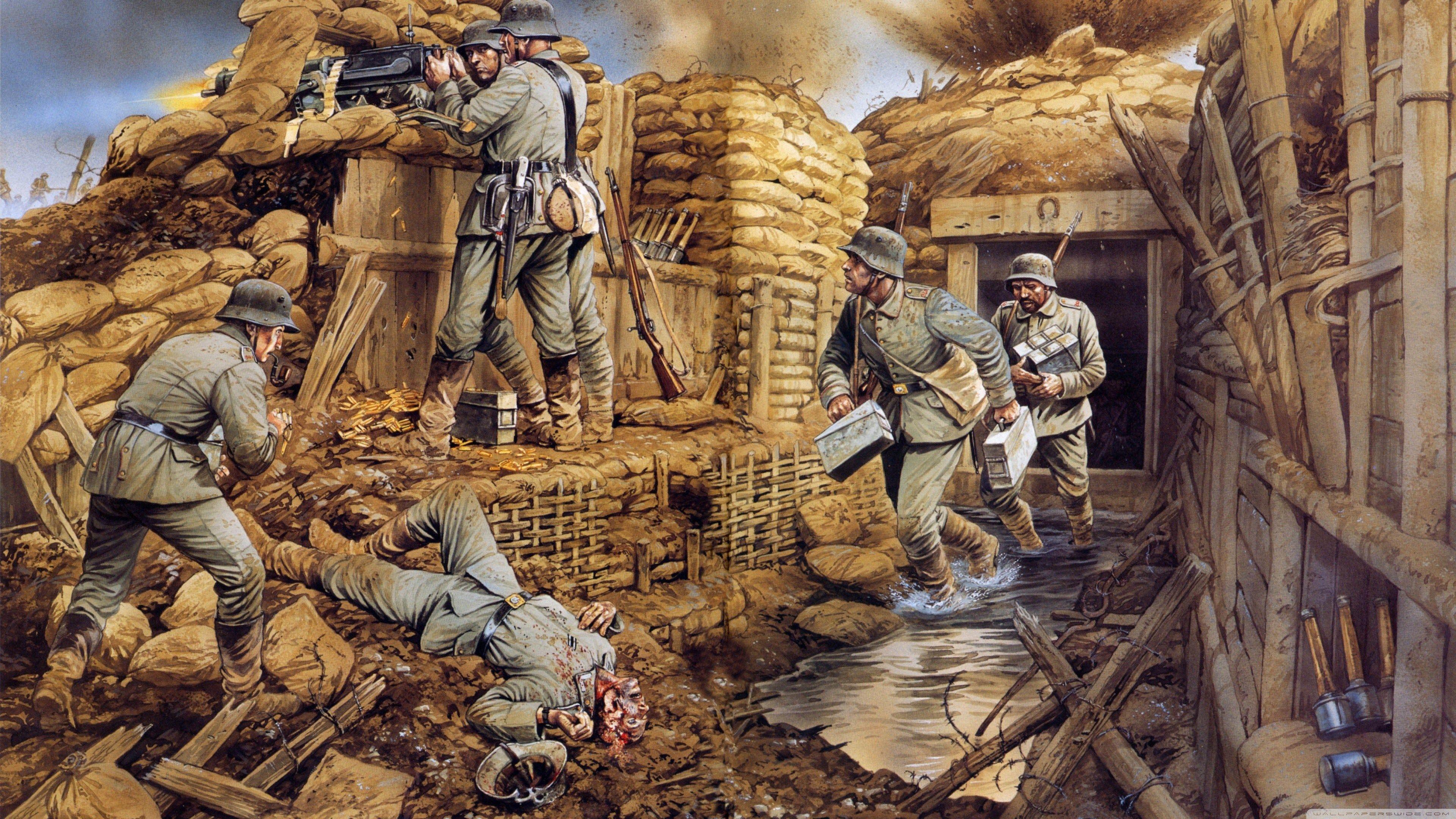
Gorgeous How Did America Get Involved In Ww1 Image in 4K
Find inspiration with this unique how did america get involved in ww1 illustration, crafted to provide a fresh look for your background.

Detailed How Did America Get Involved In Ww1 Scene Photography
Discover an amazing how did america get involved in ww1 background image, ideal for personalizing your devices with vibrant colors and intricate designs.
Download these how did america get involved in ww1 wallpapers for free and use them on your desktop or mobile devices.
0 Response to "How Did America Get Involved In Ww1"
Post a Comment